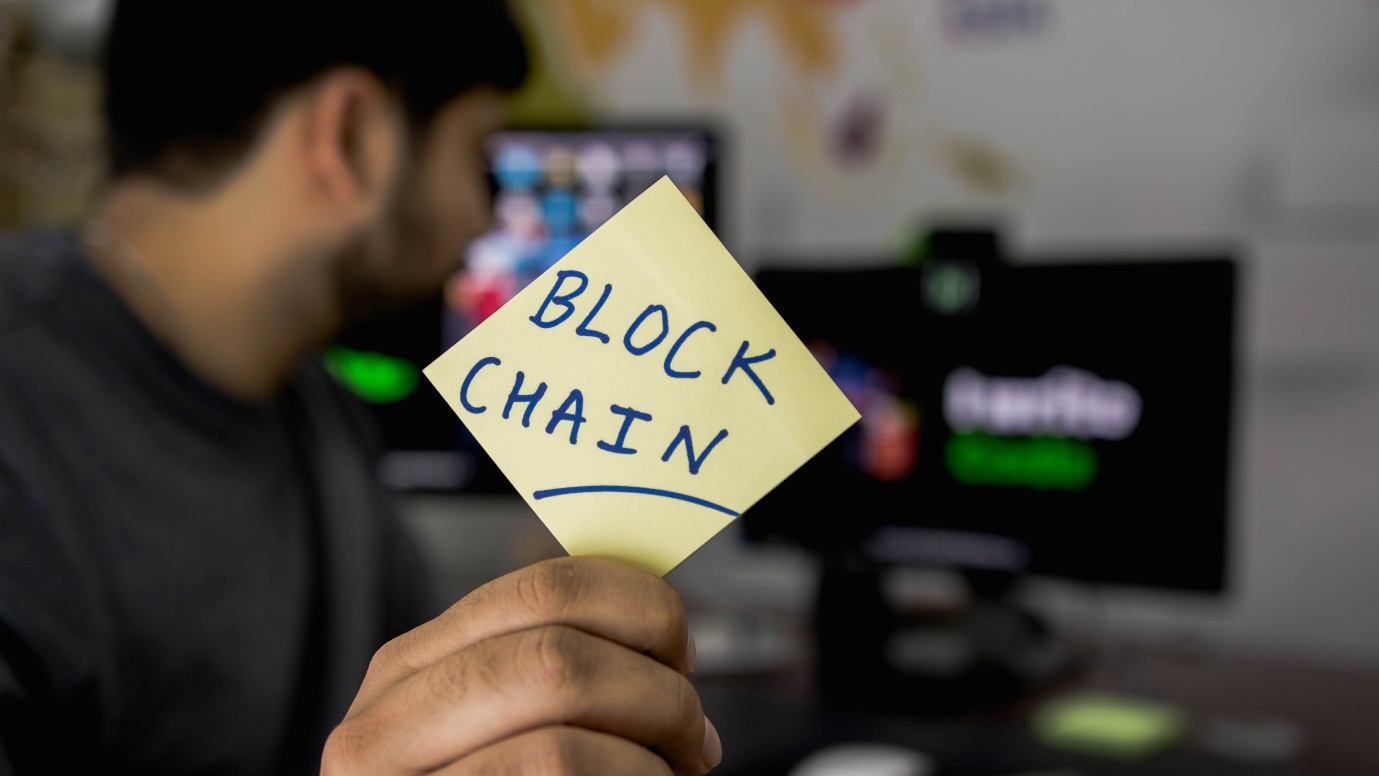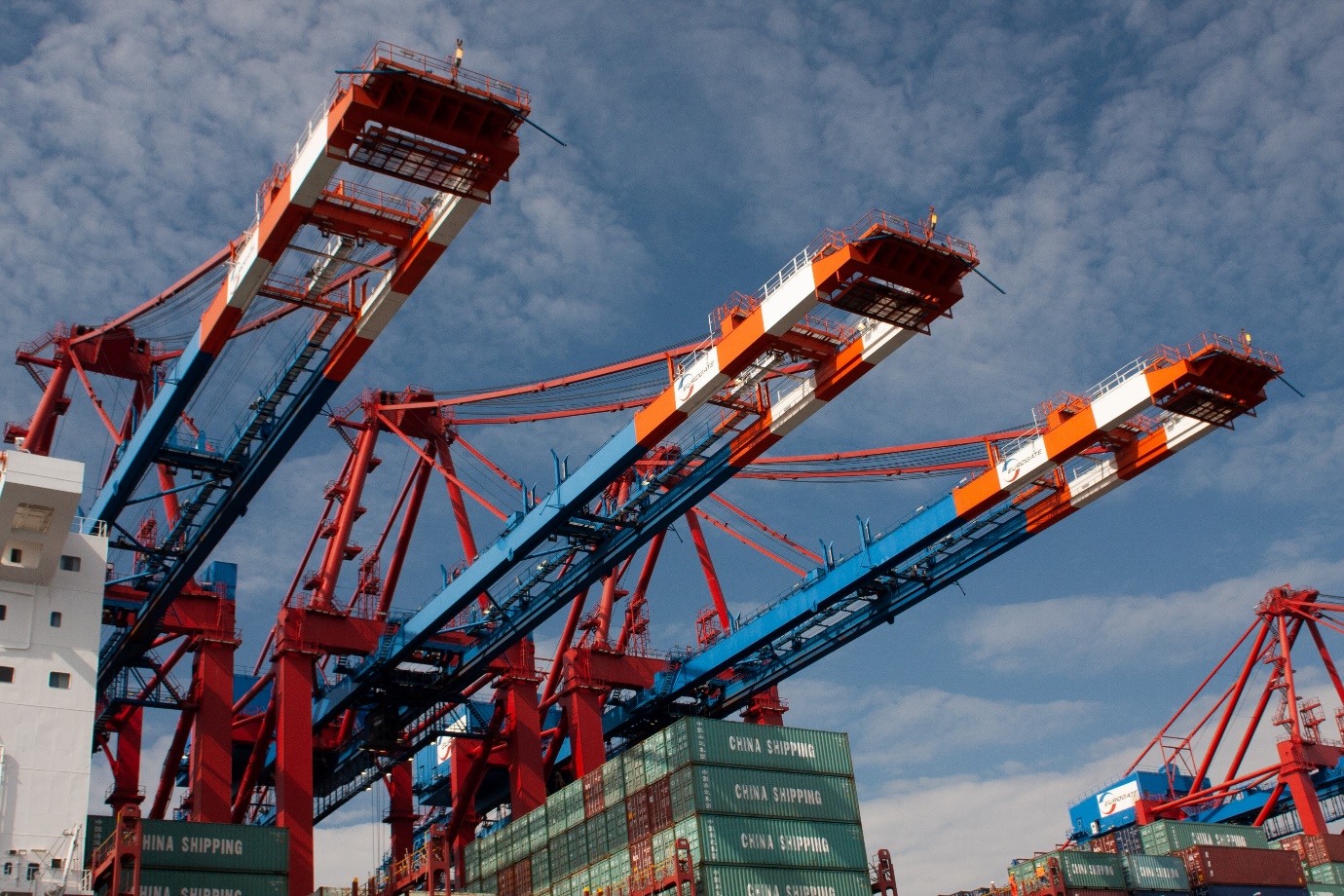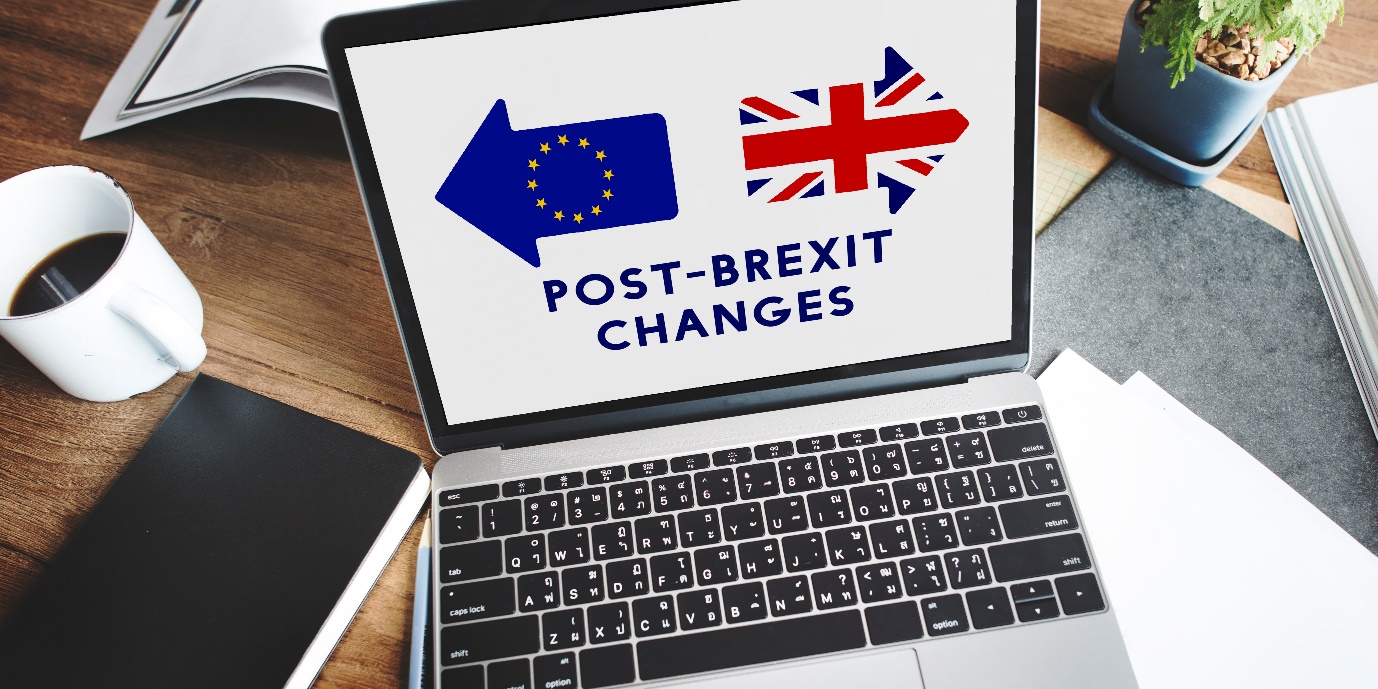Northern Ireland has been a part of the UK since 1922, but some nationalists want it to become an independent country again. The border between the Republic of Ireland and Northern Ireland has remained unchanged; even though many people in both countries share a common language (Irish), there is still an official difference between their respective currencies, official holidays, etc.
The recent Brexit has led to much uncertainty, especially for Ireland and Northern Ireland. The border between the two regions is one of the main issues that must be resolved. Both sides are currently monitoring the Irish border through cameras and radar systems that detect any movement within or across the border. This system works well for some things but does not work well for others. For example, it does not work well for people who want to illegally enter Northern Ireland from Ireland via boats to escape from their country’s economic problems, nor does it work well for people who wish to go from one country to another without having passports or other identification documents.
This following article will give you an idea of what can be done to solve this problem.
Tech solution to Irish border ‘won’t be ready until 2030’

Source: https://unsplash.com/photos/Z-cJXWVL8qU
In a message, the UK government stated it would not be possible to have a seamless border between the Republic of Ireland and Northern Ireland. Because of Brexit, there is a need for technology to help with the efficient movement of products across the border. The plan is to create virtual customs posts at border crossings to avoid physical infrastructure, but this will take time to implement. Since the technology was not ready in time for Brexit in 2019, the United Kingdom says that a technical solution won’t be ready until 2030 at the earliest. Until then, businesses and citizens will have to wait.
Tech Solutions
Block chain
 Source: https://unsplash.com/photos/JNxTZzpHmsI
Source: https://unsplash.com/photos/JNxTZzpHmsI
Tech solutions can be used to mitigate the impact of Brexit on Ireland. It might not be apparent how technology like blockchain could help, but it’s pretty simple. Blockchain has many uses beyond just currency. It can be used as an inherently secure database for all kinds of data, including immigration and travel records. It’s also immutable, meaning that once information has been stored in a blockchain ledger, it cannot be changed or deleted. This indicates that if somebody wanted to change their immigration status or move from one country to another, they would have to request permission from both countries’ governments before they could do so, making things easier for everyone involved.
Trade

Source: https://unsplash.com/photos/cV73uDwuti0
Many options could be used as tech solutions to border issues to avoid trade affected by Brexit. Some of these options include using drones, robots instead of humans, and artificial intelligence (AI) to read barcodes on boxes and shipping containers so they can be shipped across borders without anyone having to handle them manually. Other options include using computers to read handwritten notes on boxes and shipping containers so they can be shipped across borders without anyone having to take them manually.
Way Forward
The Irish border is one of the challenging areas to solve in Brexit negotiations. The UK and EU have agreed that there should be no return to a hard border on Ireland after Brexit, but how this can happen is currently unclear. The Irish government has proposed several solutions, including new technology that would allow for a “smart” border solution. However, experts say such technology won’t be ready until 2030 at the earliest. There are also concerns over the cost and security implications of such solutions. It’s unclear whether these concerns will be addressed in time.

Muhammad Asfandyar is a lawyer having extensive experience in creative content writing, proofreading, legal and academic research writing. He can be reached at asfandyar.edw@gmail.com

